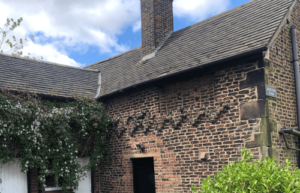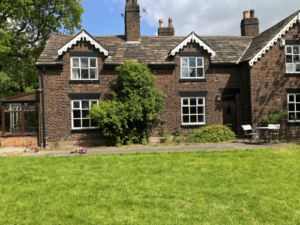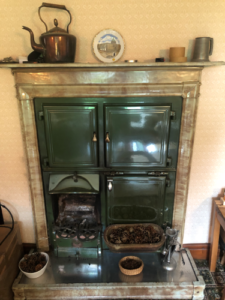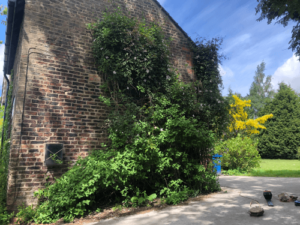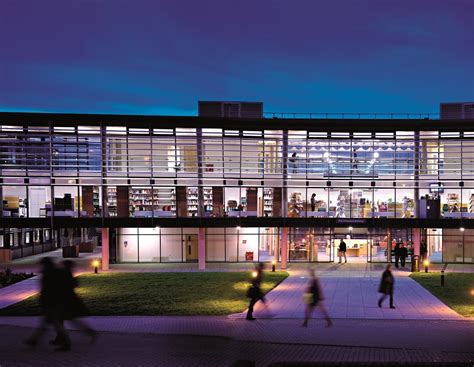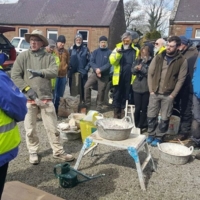This website uses cookies so that we can provide you with the best user experience possible. Cookie information is stored in your browser and performs functions such as recognising you when you return to our website and helping our team to understand which sections of the website you find most interesting and useful.
New Member Spotlight
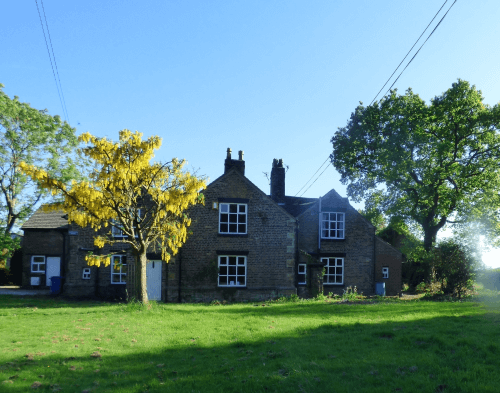
This month we are delighted to be welcoming new member John Egerton to The Building Limes Forum. We asked John a few questions about his interest in building limes and to find out more about his exciting renovation project.
How did you hear about the Building Limes Forum?
I recently purchased a 17th century Grade II listed farmhouse in the north West of England. It’s the first ‘old’ house I’ve ever purchased and during my research, quickly realised that the renovation process was not going to be the same as my previous newer home. I ended up discovering this amazing community of conservationists on Twitter (which I must admit, I joined specifically to be a part of because I’m not usually keen on social media).
It is there that I ended up meeting two lovely chaps named Karl Claydon and Bob Wall. Separately, they offered to come to the house and provide me with some advice to get me started. It was clear they were passionate about their respective crafts and both suggested I look into joining the Building Limes Forum.
Can you tell us a bit more about yourself?
I’m in my mid-30’s and, while handy with power tools, I’m completely in the dark about historic buildings and their makeup. I am learning fast by reading a lot and interacting with some amazing people in the conservation community who are more than keen to share their thoughts on various elements of working with historic buildings. I also have a wife and 3 daughters (1, 2 and 5 years old) to keep me busy.
Your project sounds very interesting, can you tell us more?
The house is around 300 years old and used to be part of a working farm. We recently bought the house, with the surrounding farmland to be sold by the previous owner with development permission for six ‘rustic’ looking homes. I’ve noted a few conservation (and planning!) mishaps, such as the use of Portland cement pointing over the original lime mortar. I’ve also noted that ground elevations draw water into the house, the wooden windows are caked in silicone and plastic paints, as well as a whole other host of things I’ve recently learned reduce the dryness and breathability of an old home. The roof has also seen better days and needs looking at.
Inside, the house is dated and more modern building materials can found, such as gypsum plaster, the removal of York stone and its replacement in certain areas with cement screed. There are some amazing features that were obviously protected by the listing, such as the hand turned staircase bolsters and traditional farmhouse doors. There’s also a lovely old fireplace in the parlour which at one point, was probably where most of the cooking was done.
Despite all this, the house is holding up pretty well, is warm and already feels like home for me and my family. The house also apparently feels like home to, what looks like, a large family of moles whom have made my front lawn resemble something out of Apocalypse Now.
I plan to restore the house in terms of material selection, but with some up to date tweaks. I plan to remove the pointing and repoint in hot lime mortar and am already liaising with Tim Wells at Eden Hot Lime regarding the constitution of the existing lime mortar to aid selection. I actually plan to attempt this myself, having no prior experience, but I do intend to go to some training courses to get me started. I also really love the idea of installing underfloor heating and effectively making the old York stone slabs the ground floor radiator.
I’ve also realised that the choice of materials made by the previous owners may have been down to a lack of awareness around what makes old buildings tick. For people like me who know how to throw up a partition wall or silicone their bath, I sense a lack of practical information for those that would like to do the job themselves and do it right. Because of this, I’m considering writing a blog to chronicle the restoration of the house in order to show people that, while it may be a little daunting at first, working with traditional materials like lime, sheeps’ wool, burnt sand mastic and linseed oil paints is well within the abilities of a keen DIY’er. I also want to shine a light on some of the amazing heritage tradesmen out there who are steadfast in their use of traditional techniques alongside those materials. I’ve been offered so much help and advice that it’s only fair to return the favour.
What attracted you to become a member of the Building Limes Forum?
Out of all the materials I’ve been researching, lime mortar is the one that has interested me the most. From its breathable characteristics, to its versatility and environmental benefits, it really is a special material. I’m starting to bore my wife to death when I point out a cement-pointed wall that’s beginning to wear away because the owner never thought to use lime. Being a member of the BLF allows me to read, learn and collaborate with people who find this stuff as interesting as I do.
Do you have any experience of using lime mortar?
I have absolutely zero experience, however I’m ready to learn. I’ve never pointed or plastered before, but I’m not going to let that stop me! The great thing about owning your own home is that if you make a mistake, you can always undo your mistakes and try again.
How will this membership help you with your project and future interests?
There’s still so much more for me to learn. Should I be using hair in my mortar? What about plaster? Hemp? What new techniques are being discussed right now that could make life easier for me? Who would be the best to call if I have a specific question? All these things I hope to get out of my membership. I’m also simply keen to read about other people’s projects.
Become a member
Members of the Building Limes Forum form a community of lime enthusiasts and practitioners, most of whom are producers, suppliers, specifiers or users of lime.
Useful documents
Contact Building Limes Forum
Building Limes Forum
Riddle’s Court
322 Lawnmarket
Edinburgh, EH1 2PG, UK

